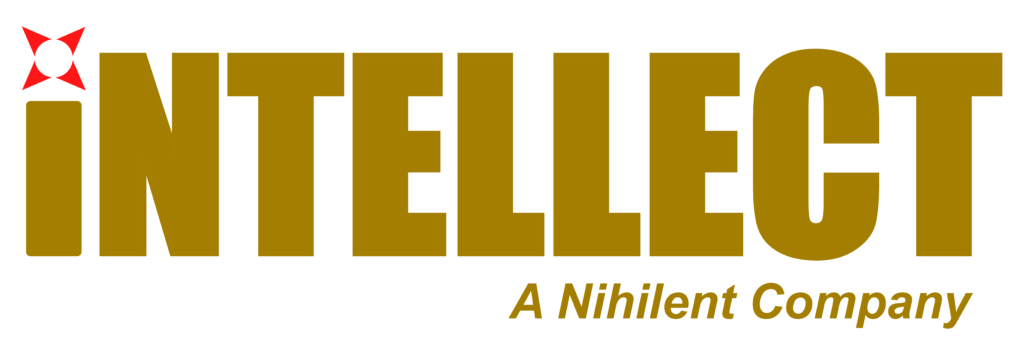- Home
- »
- Management Plan
Empower your risk management plan for seamless business operations

Empower your risk management plan for seamless business operations
Enterprise and operational risk management are used by businesses in order to understand and reduce the overall level of risk within the company. Whether it is financial risk, operational event threats, or strategy-based risk; risk management practice can be used to minimize and manage these issues.
RISE with SAP is an offering for customers who desire to move to SAP modular Cloud ERP and also want to streamline and optimise their business processes. Additionally, it is dedicated to those who wish to add RPA or intelligence to enterprise processes. It is also applicable to those companies who want to integrate and exchange data between hybrid cloud environments.
Increasing organizational value
When companies deploy enterprise risk management systems, they must make sure it provides value to their operations. When it comes to risk management systems, standard ROI methodologies are tough to measure. It is for that reason many businesses use the below-given factors before implementing them.

Risk mitigation

Shareholder value

Process consolidation

Solo elimination
Organizations can begin the implementation process after ensuring that the risk management system they've chosen, fulfils these given criteria. In addition, the solution must offer value to the organization, which must be established by management. Understanding what risks the business needs to protect and how the risk management system may help them is the first step. It must also be in correspond with the organization's corporate principles and its goals and objectives.
Multiple framework standards
There are numerous methods of risk management within the organization, with each having specific standards and guidelines. Many risk management techniques develop in response to changing circumstances, whereas risk management guidelines take a broader approach and are comparable in many respects. These framework principles may be included in an enterprise risk management system to enable a smooth deployment. The following process is included in the framework.

Risk Evaluation

Risk management strategy implementation

Identification of the risk

Analysing the risk

Strategic Evaluation

Monitoring processes and management on a regular basis in order to improve them.









